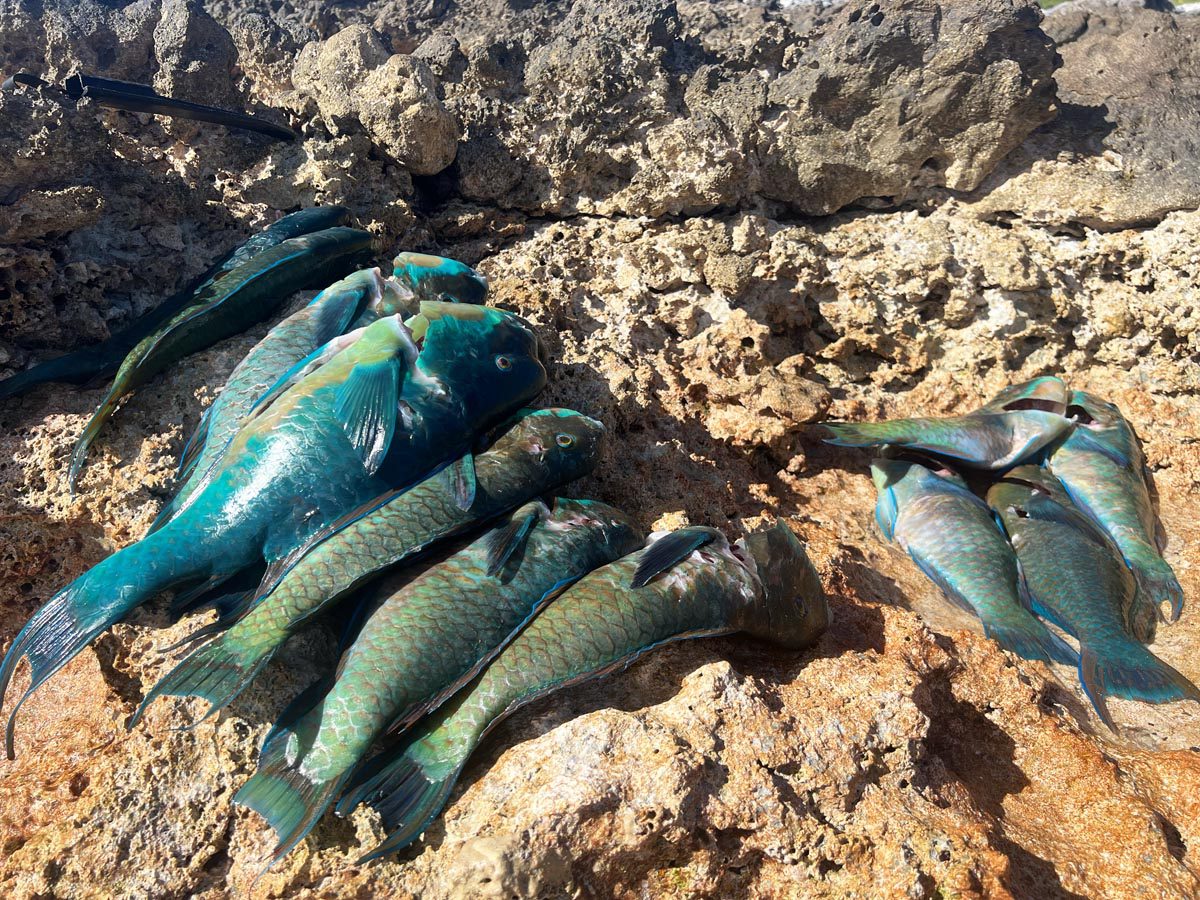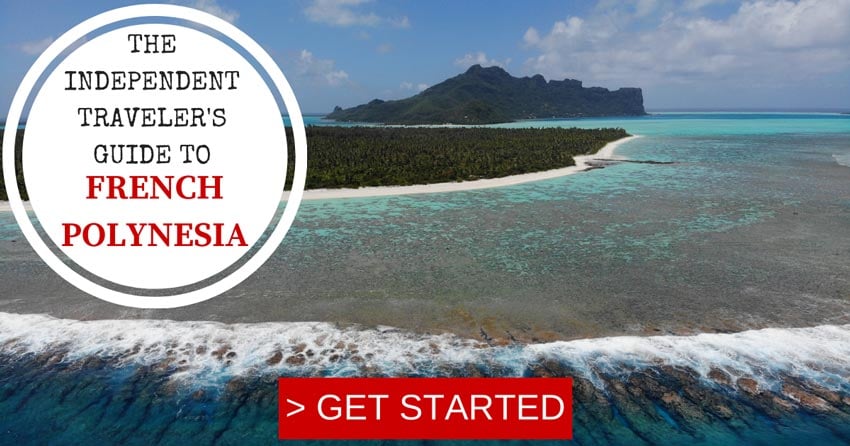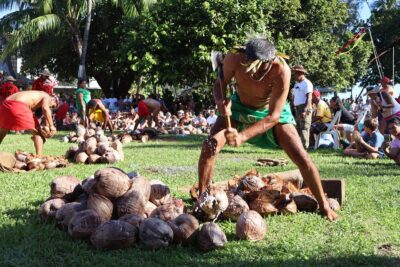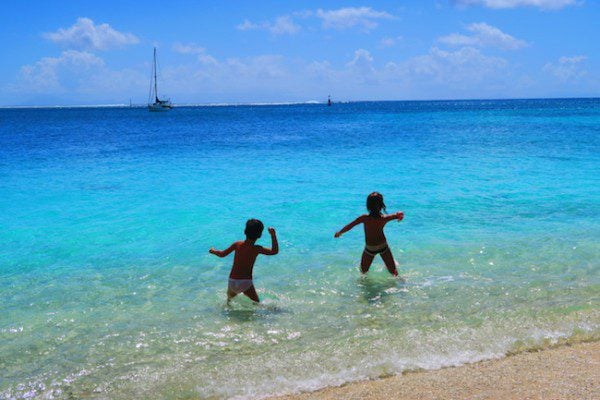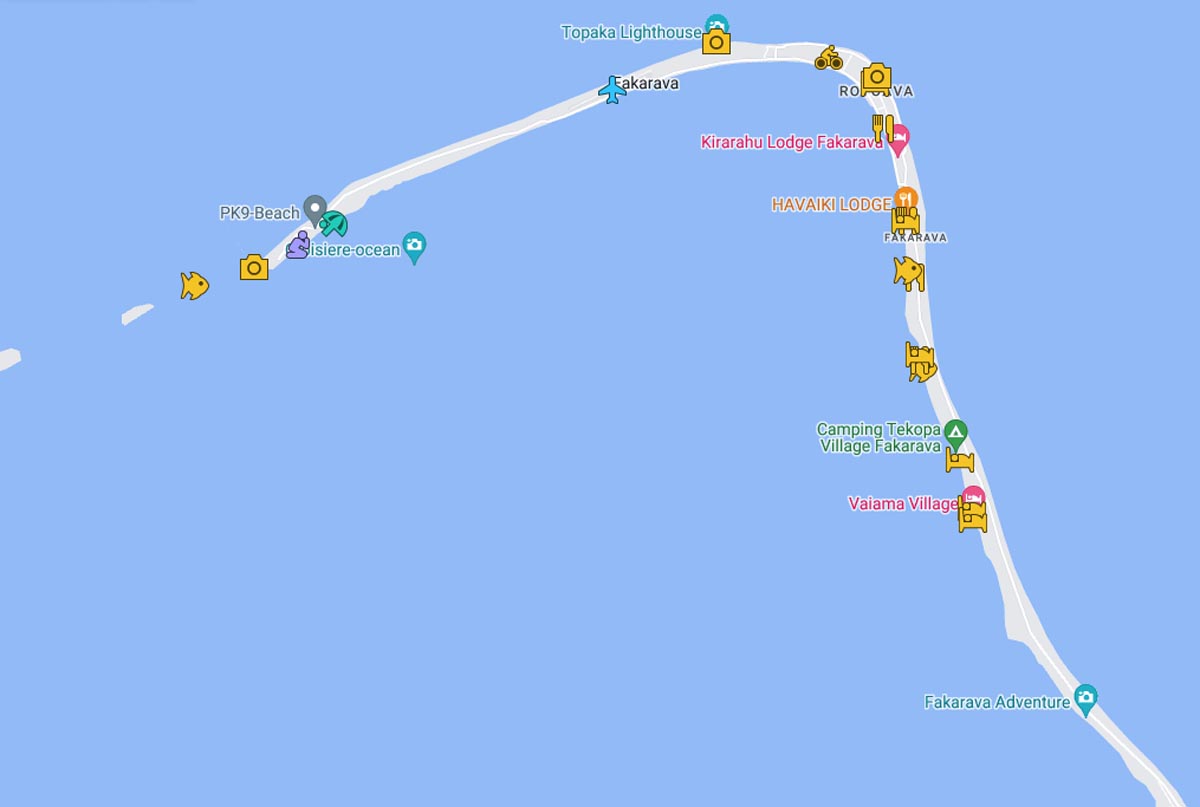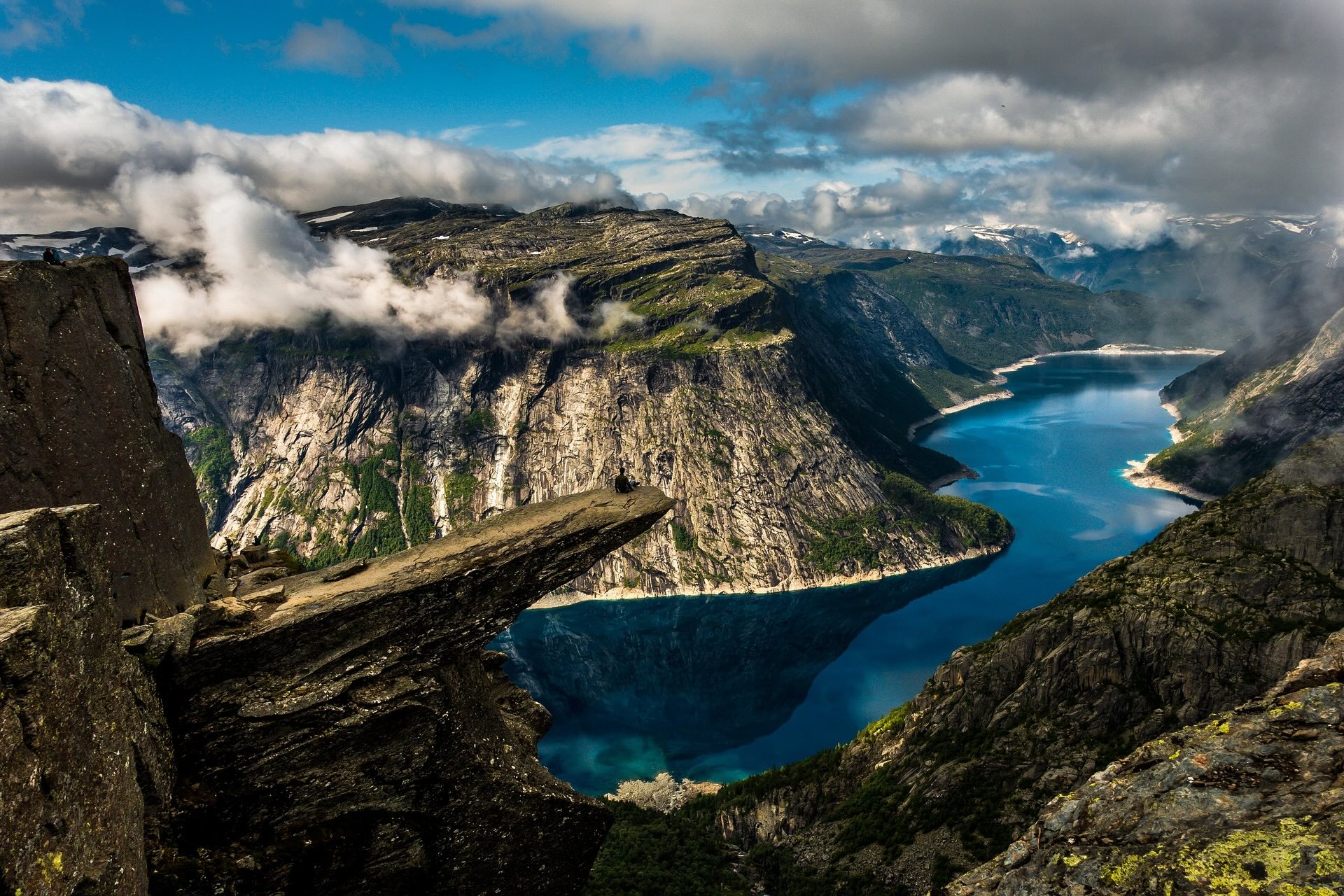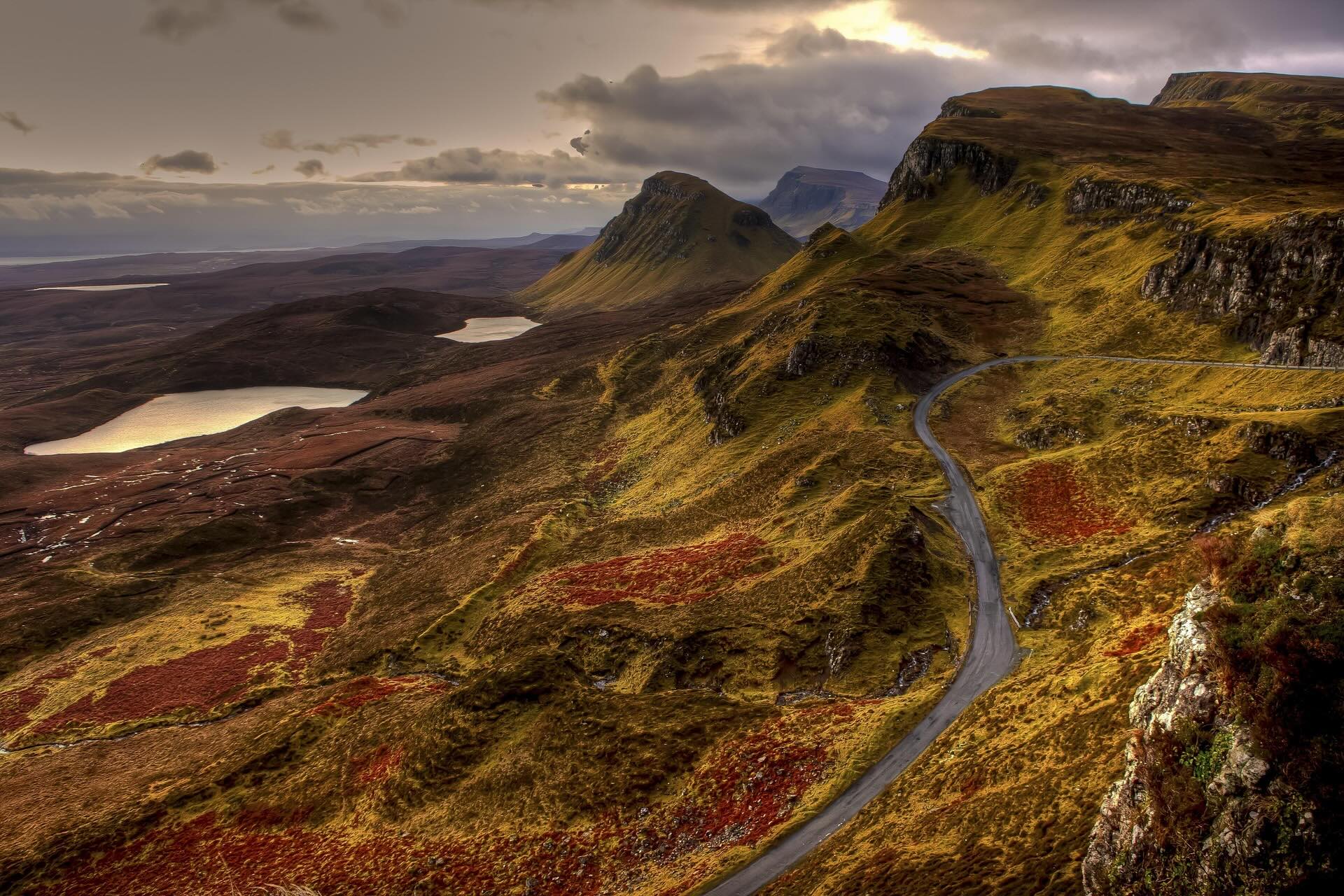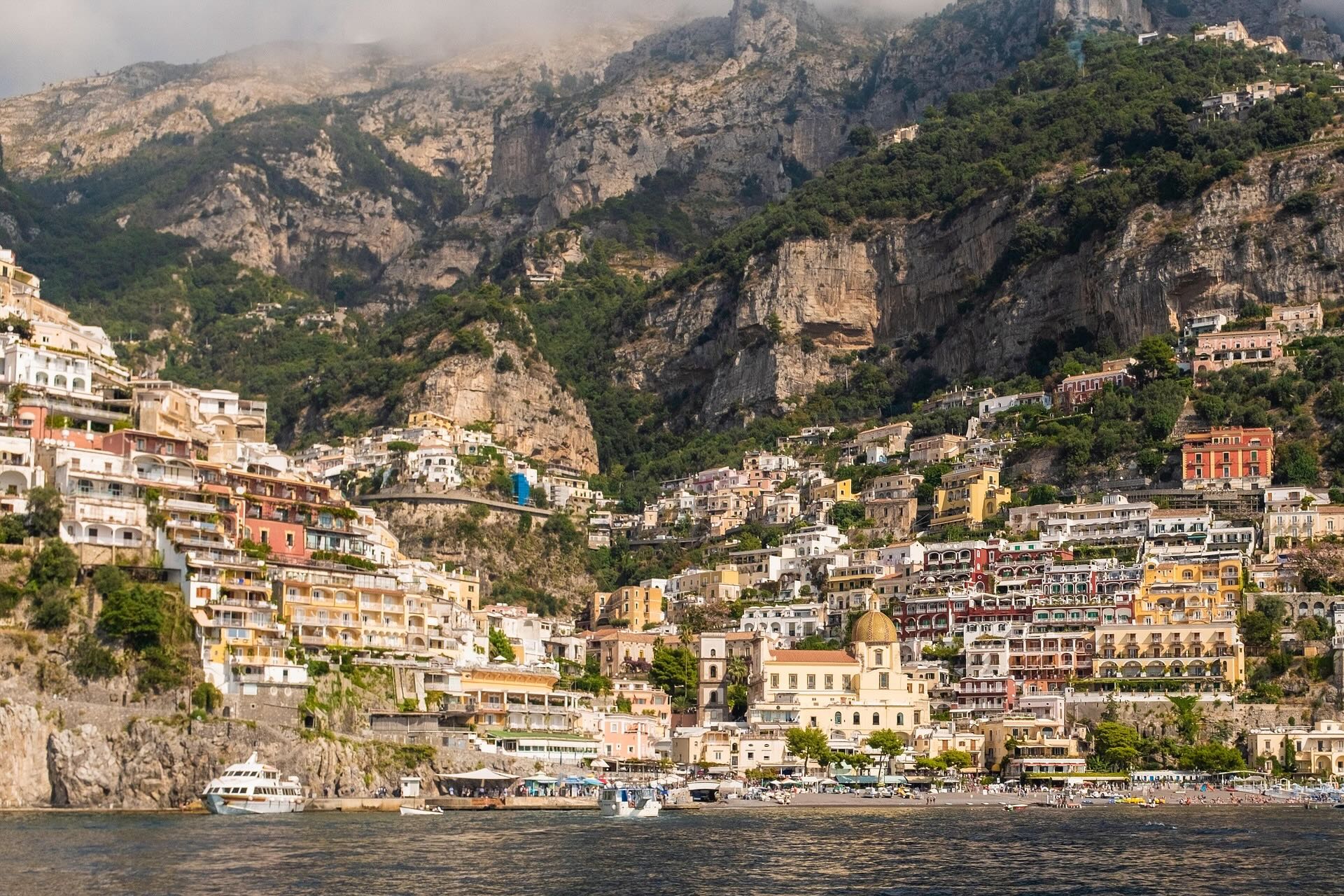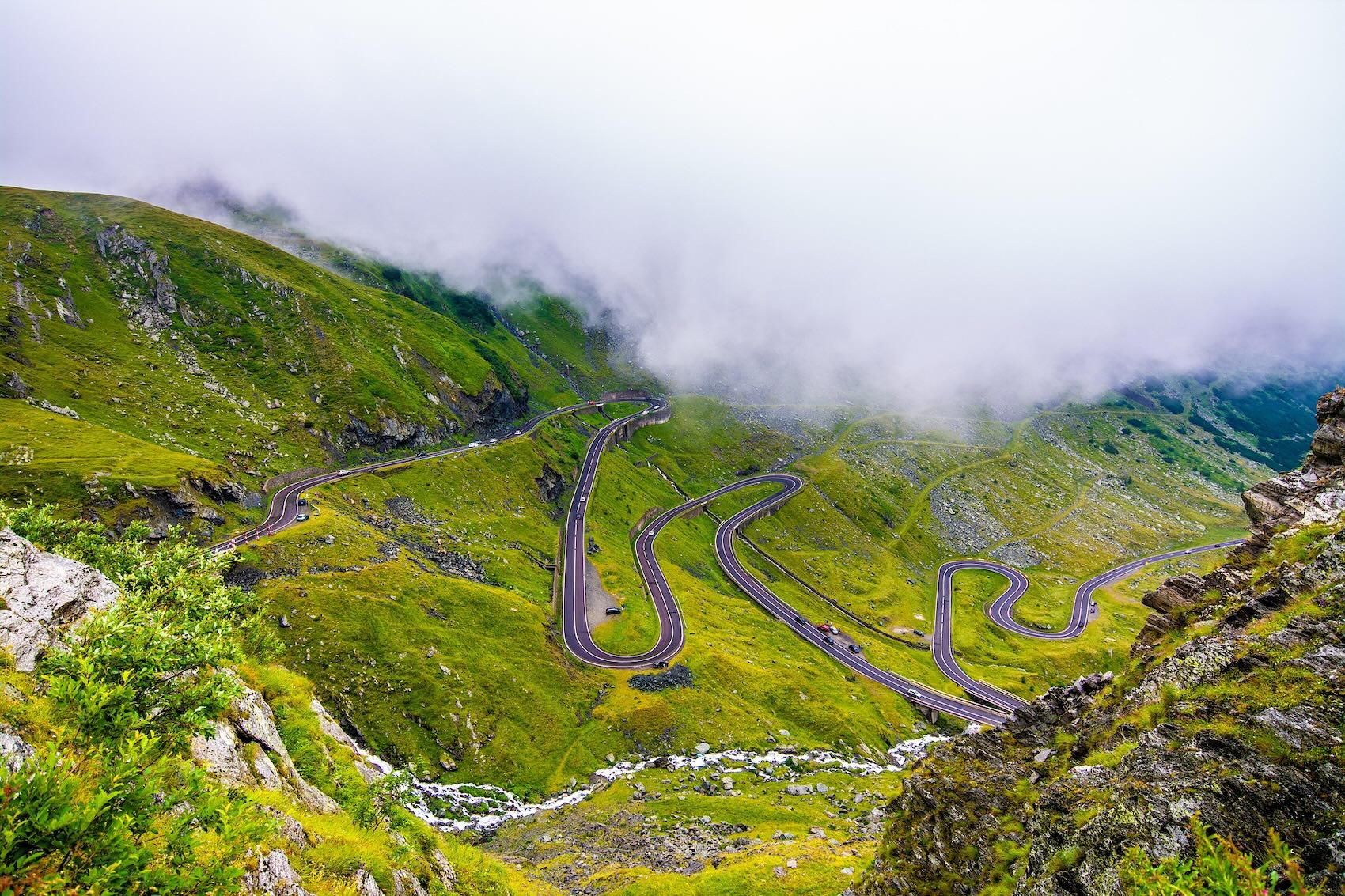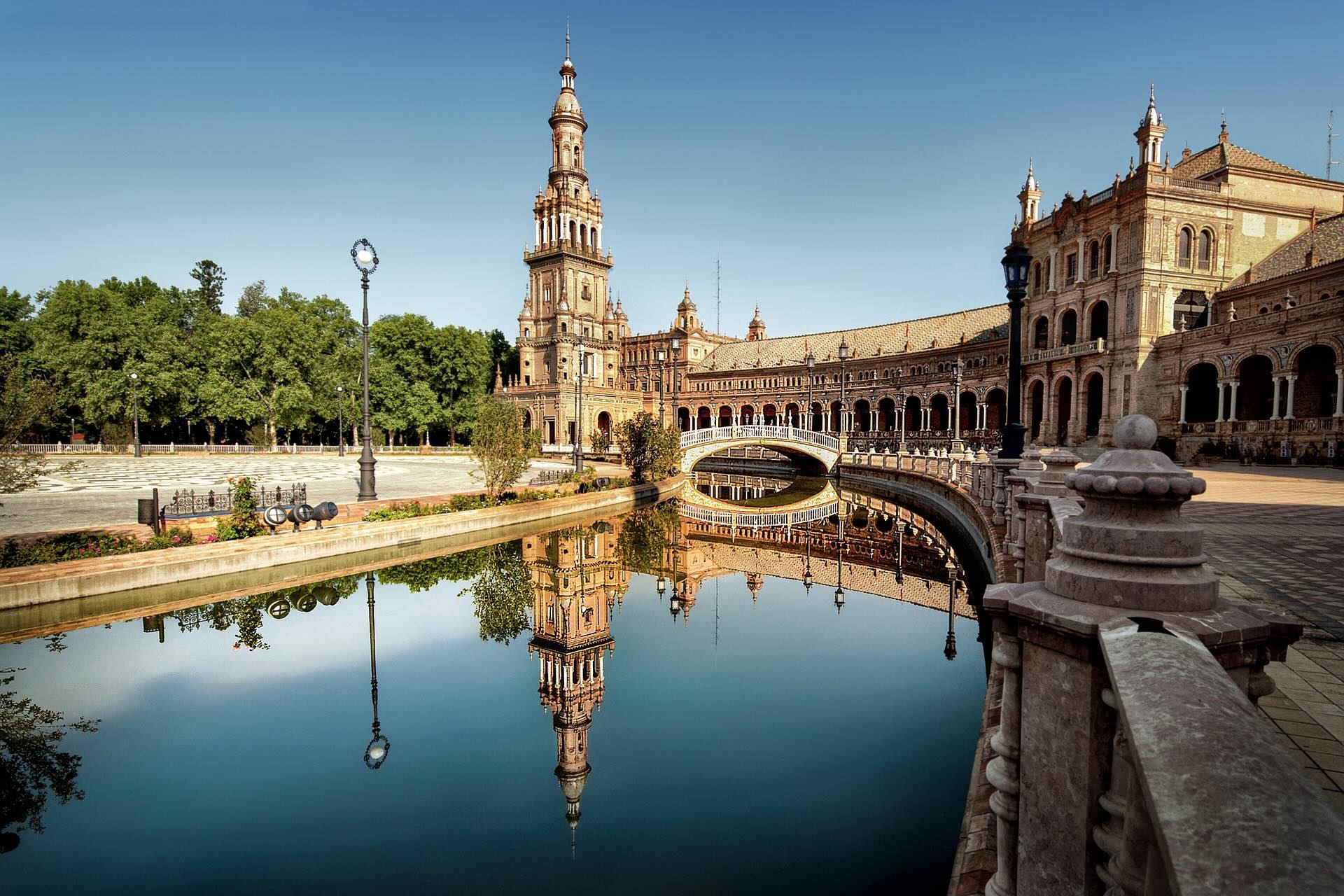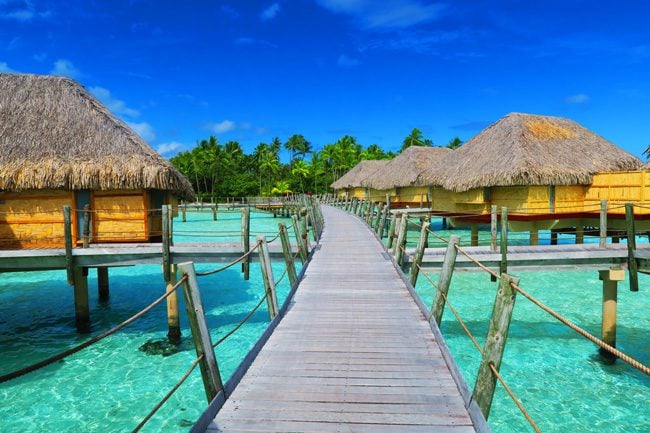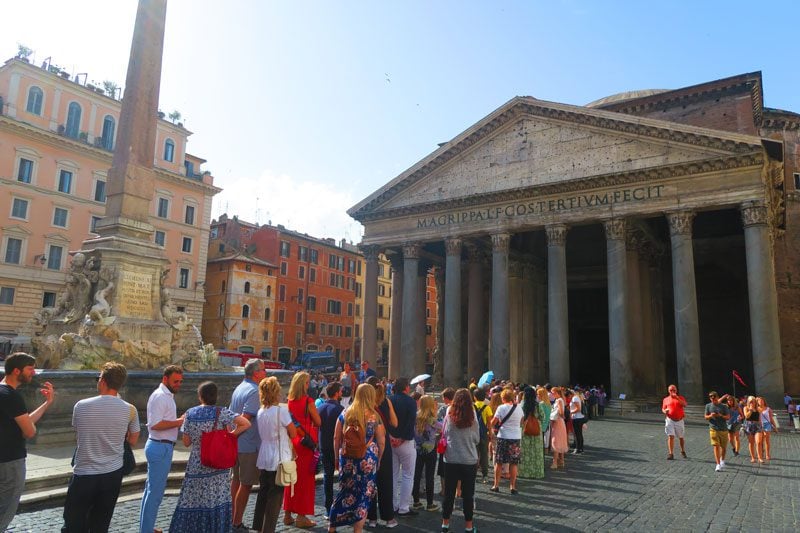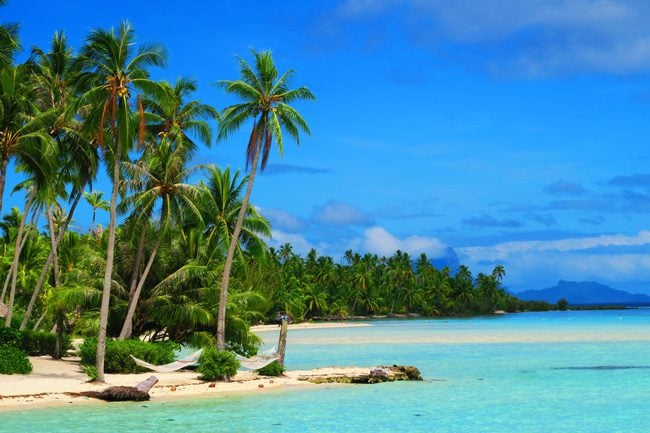Fakarava Travel Guide
From your window seay, Fakarava appears as a striking ring of coral encircling a blue lagoon. This dream atoll offers scuba divers the chance to visit underwater heaven and all visitors the chance to enjoy life as it should be – extra slow and devoid of any stress. This Fakarava travel guide is your first source for planning a trip to a slice of paradise.
About This Fakarava Travel Guide
I spent three months in French Polynesia as part of a six-month backpacking trip across the South Pacific Islands with a full week in Fakarava. I returned to the island on two occasions, most recently as part of a honeymoon in French Polynesia. This Fakarava travel guide was written based on my experiences and is meant to help you make the most of this destination.
Heading to French Polynesia? In-depth island guides to all 5 archipelagos await you, including sample itineraries and essential travel tips & tricks.
Tahiti, Tailor Made!
The Islands of Tahiti are among the last places to be colonized by mankind, 118 islands, each with its unique personality.
Get expert advice and assistance with planning your trip to the destination where tropical dreams come true!
Why Should You Visit Fakarava?
There are three main reasons to visit Fakarava.
Superb Scuba Diving
Fakarava’s lagoon is a UNESCO Biosphere Reserve, offering world-class scuba diving in some of the most perfect diving conditions in the world. Divers worldwide come to Fakarava to swim next to “shark walls” and experience its pristine coral gardens.
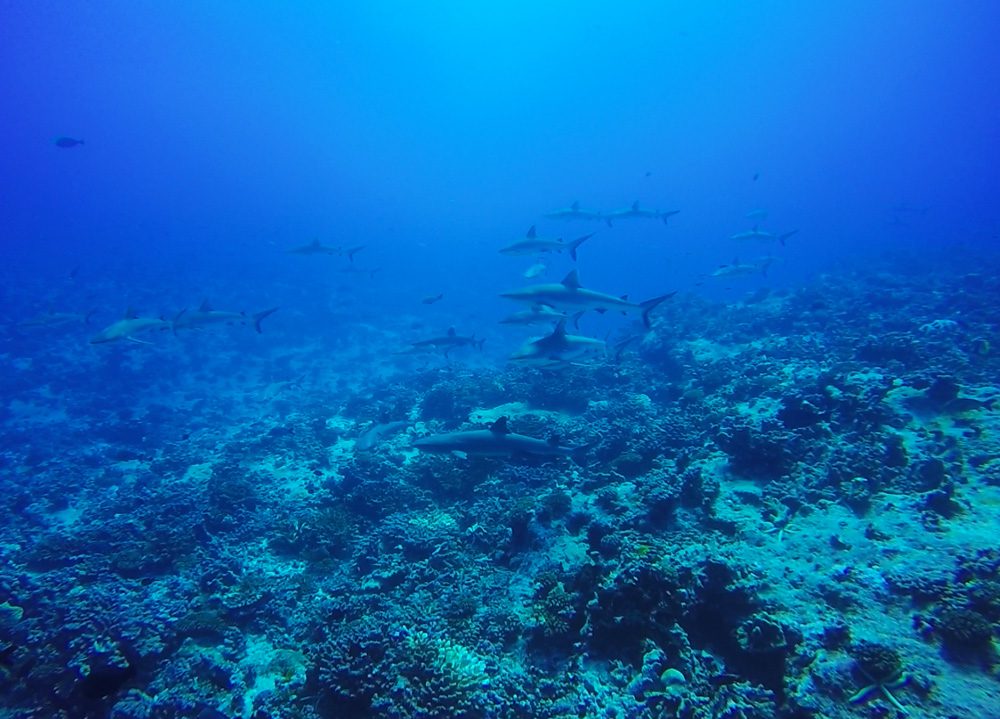
Two destinations for the price of one
Fakarava’s lagoon passes lie on opposite ends of the vast lagoon, offering a distinct experience for divers and beach lovers. To go off the grid, spend a few nights in spectacular Fakarava South or visit as part of a day trip from Fakarava North.
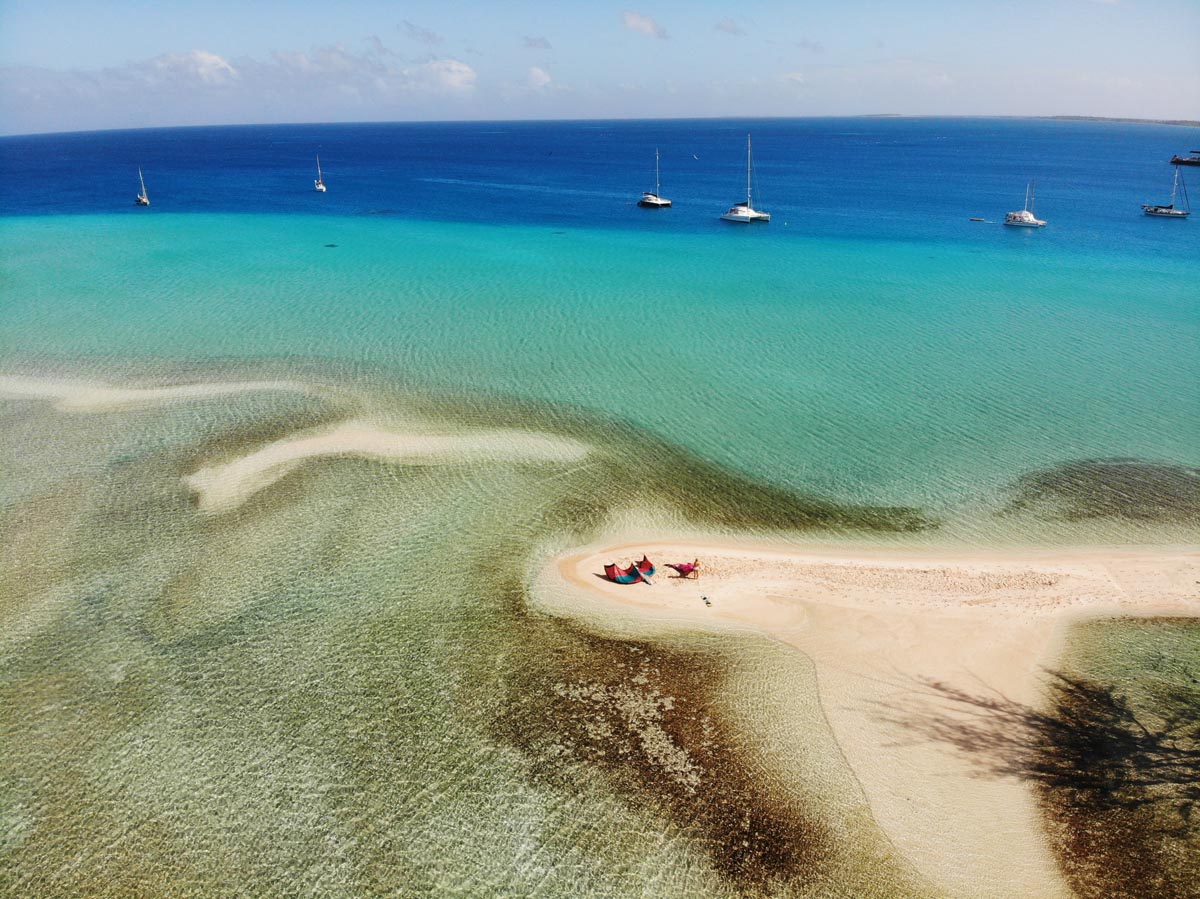
The Vibe
Europeans imported countless Western goods and values to French Polynesia, but stress does not appear to have made it to Fakarava. Experience the blissful side of life in one of the calmest islands in the French territory without giving up on some of the comforts you’re looking for on a trip of a lifetime.
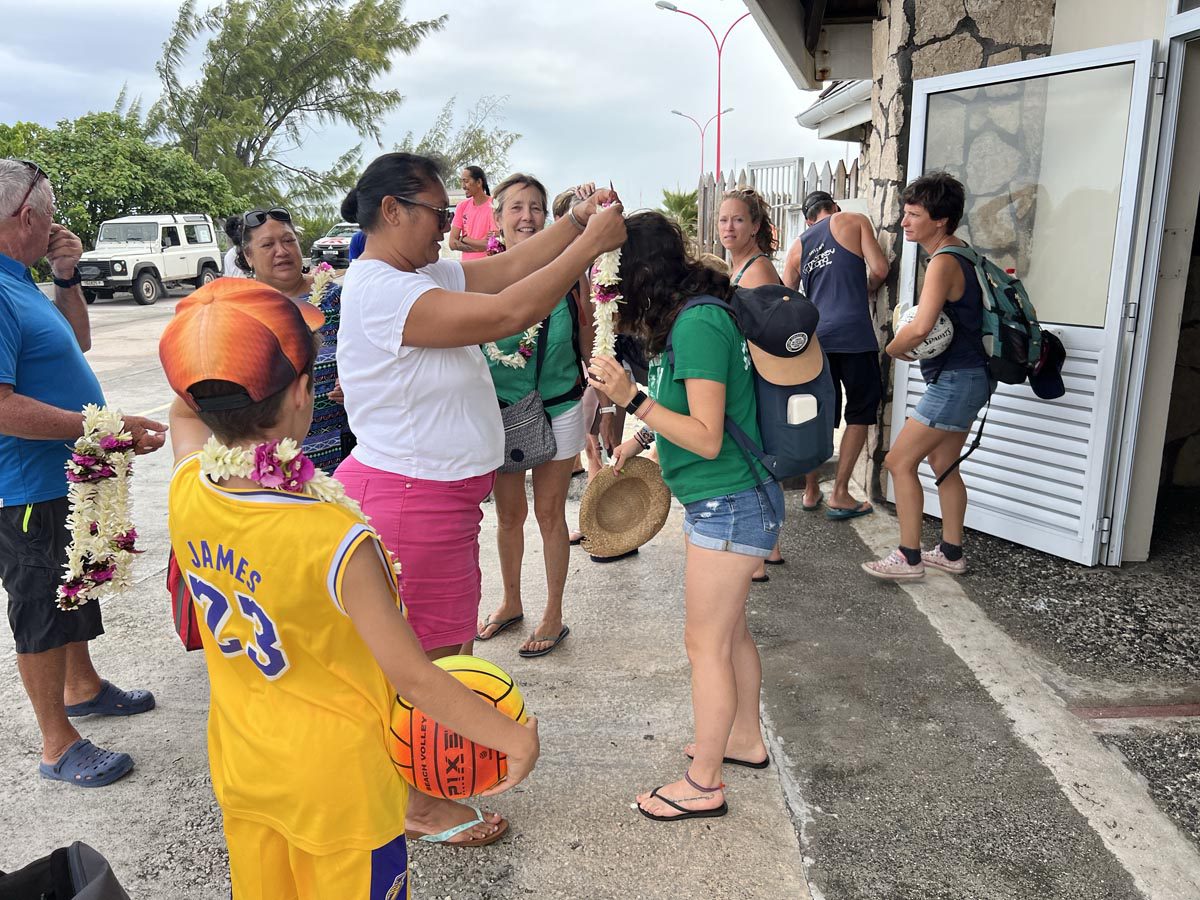
Here’s a quick tour of Fakarava.
Several sections make up this travel guide:
- Facts and brief history
- Essential Fakarava travel tips
- Things to do and places to see in Fakarava
Fakarava Travel Guide Map
This companion map features all the highlights mentioned in this guide. Click on the image to open in Google Maps.
Facts & Brief History
Before diving into what Fakarava has to offer, let’s briefly discuss the uniqueness of the island and its archipelago.
The Tuamotu Atolls
Fakarava is part of the Tuamotu Archipelago of French Polynesia. Consisting of 78 islands and atolls, the Tuamotus form the largest chain of coral atolls in the world, covering an area of the South Pacific roughly the size of Western Europe! Visit the Rangiroa Travel Guide to learn more about how atolls form and the Tuamotu Archipelago in general.
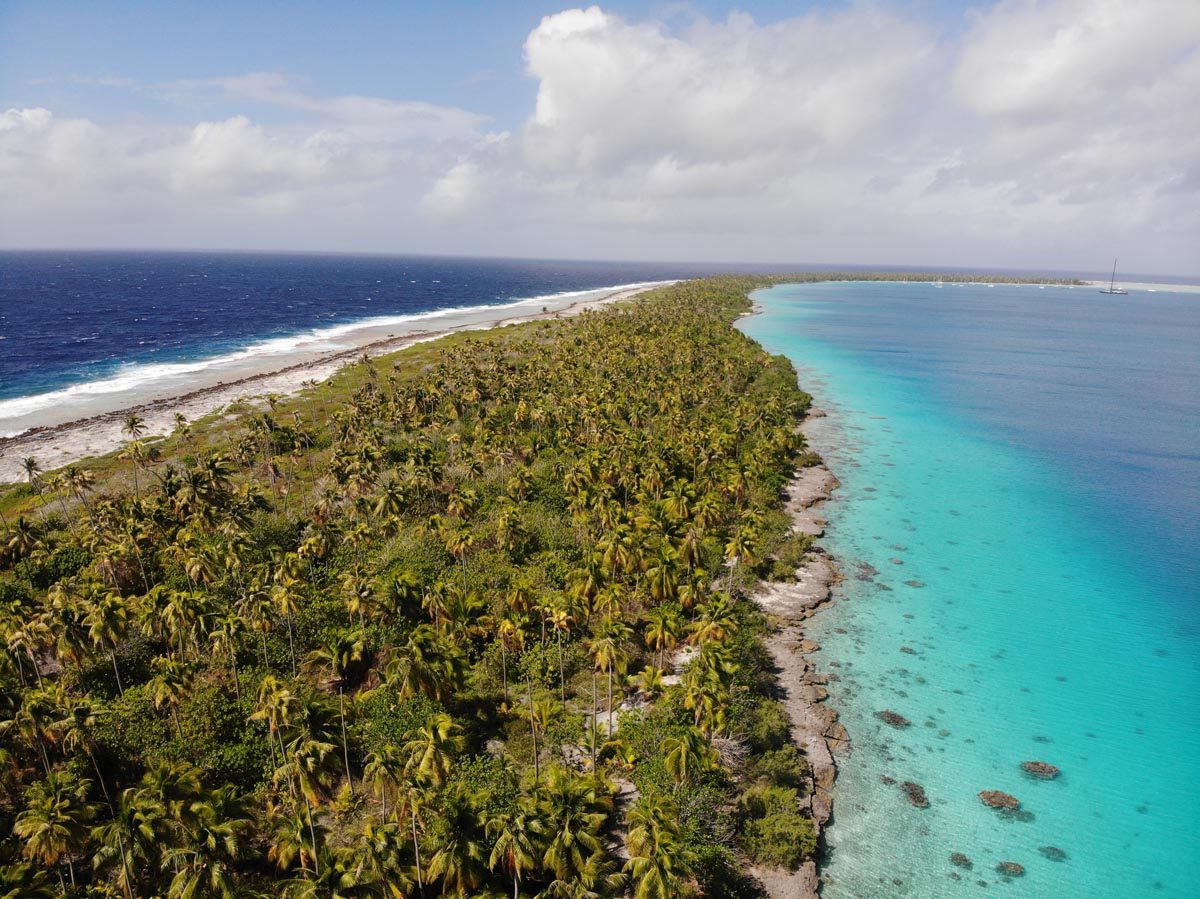
Fakarava
The second-largest atoll in the archipelago, Fakarava is home to the largest lagoon pass in French Polynesia – the Garuae Pass (~2km wide). The atoll is home to incredibly rich marine life, which is protected as part of Fakarava’s status as a UNESCO Biosphere Reserve. Its vast lagoon may not be as big as Rangiroa’s, but it measures a whopping 60*25 kilometers, sitting on top of a former volcano that sunk millions of years ago reaching a depth of 1,100 meters!
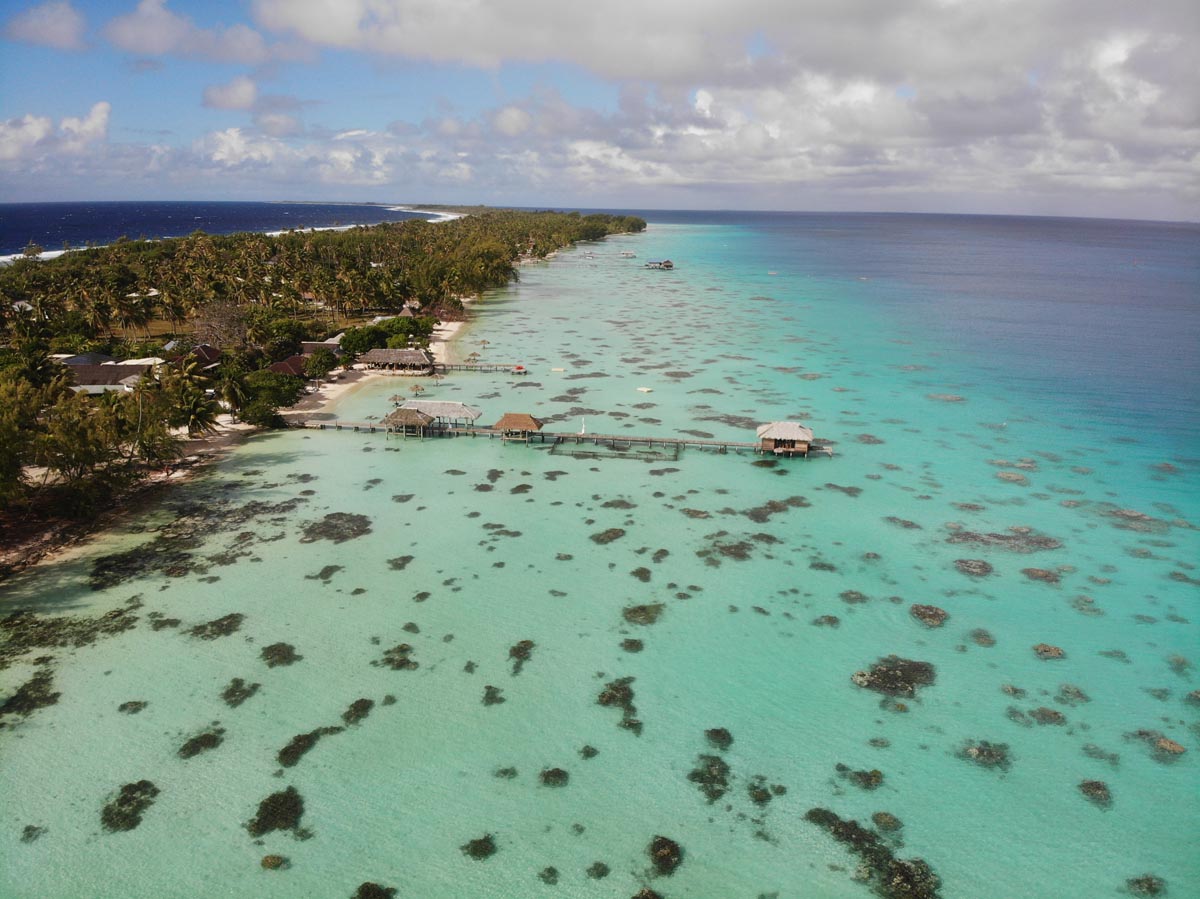
About 1,600 locals live on this vast yet isolated stretch of narrow coral rock. They live very easy-going lives, tending to coconut plantations used in the production of copra, cultivating black pearls, fishing, and catering to scuba diving tourists.
